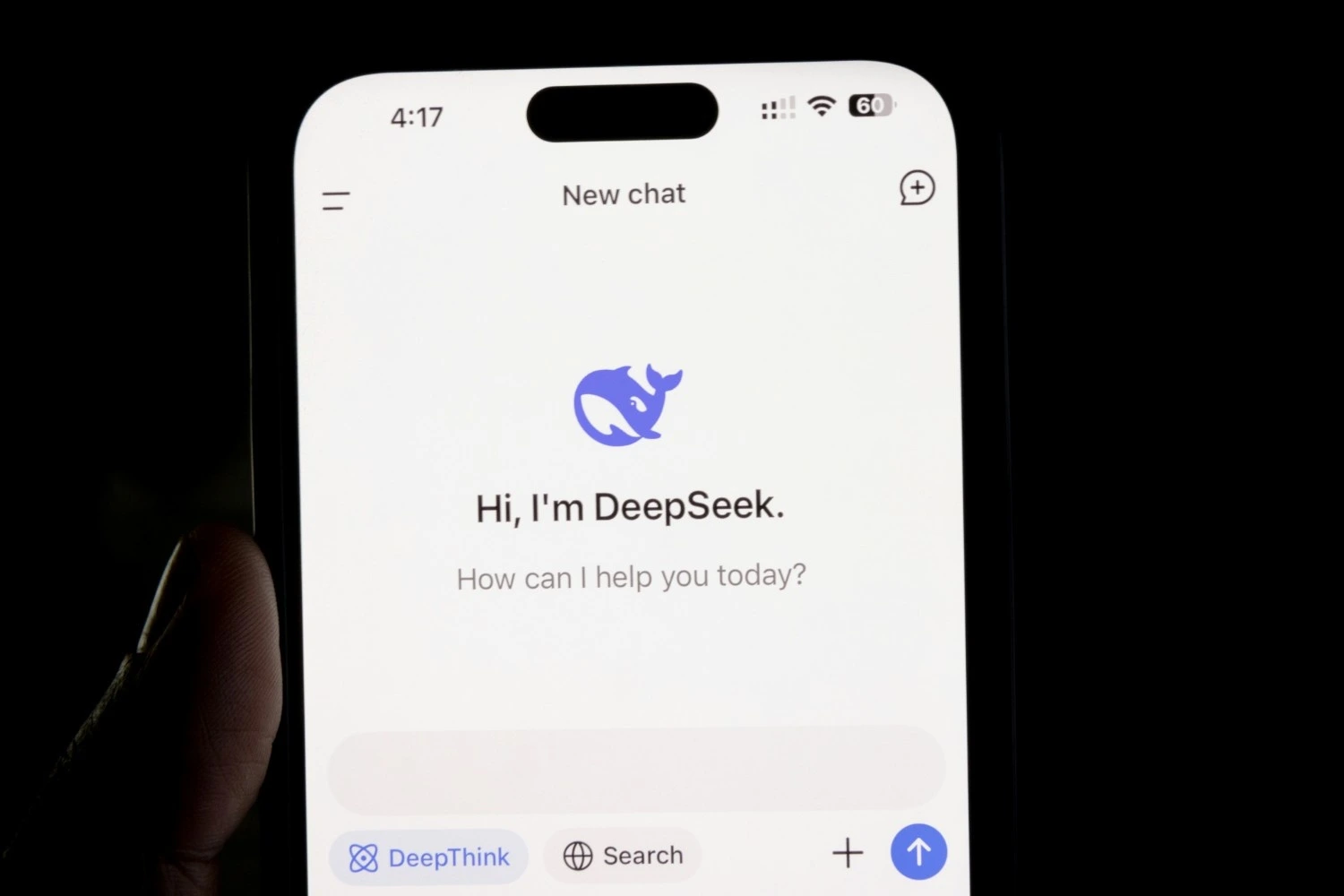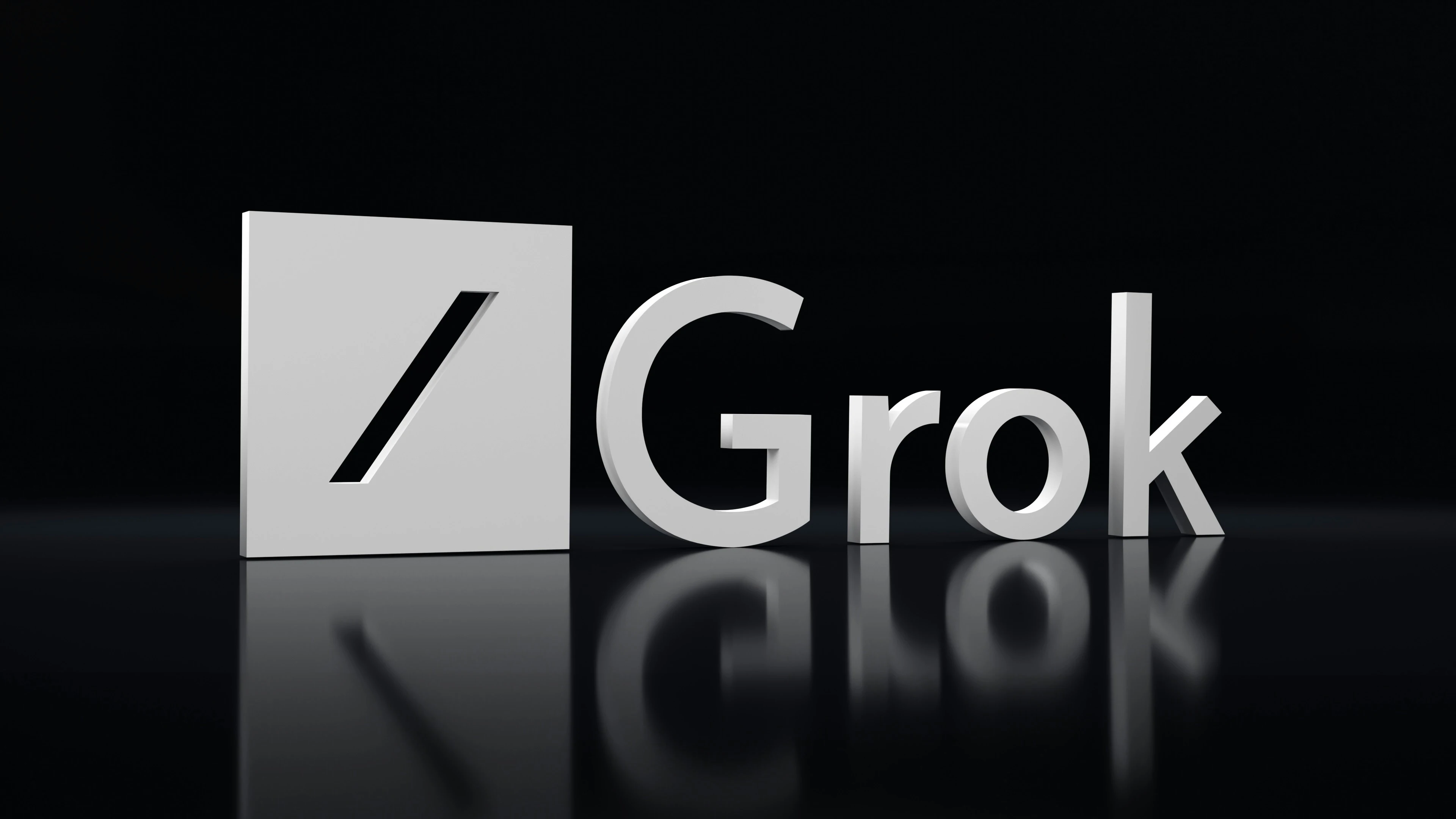DeepSeek R1 Shocks U.S. Market
Published on: 2025-02-15 16:14:21

The New DeepSeek R1 AI model developed by China has made a huge impact on the tech industry challenging the dominance of U.S. companies. It is open-source, cost-effective, and powerful forcing American tech giants to rethink their strategies. This advancement has triggered security concerns about state defense policies together with data protection issues and intellectual property breaches leading to widespread objections.
The Revolutionary Launch of DeepSeek R1
A Shock to the U.S. Market
On January 28, 2025, the U.S. stock market lost over $1 trillion after DeepSeek R1 was introduced. Investors panicked because DeepSeek performed just as well as advanced AI models like OpenAI’s GPT-4 but at a much lower cost.
Reports suggest that DeepSeek R1 was built for only $5.6 million (excluding previous research costs). In contrast, billions of dollars spent on AI development by U.S. companies make it difficult for them to justify their expenses.
Why DeepSeek R1 is a Big Deal
DeepSeek R1 is an open-source AI model that runs efficiently without needing powerful hardware. The accessible nature of DeepSeek R1 open-source AI model creates worry among developers regarding the control of AI technology.
The AI Race: U.S. vs. China
The global competition in AI development has transformed into a national conflict among countries. The U.S. government sees DeepSeek as a security threat and is investing $500 billion into the Stargate AI project to maintain its lead.
How DeepSeek R1 Achieves High Performance at Low Cost
A Smarter Way to Train AI
DeepSeek R1 operates with a Mixture of Experts (MoE) architecture that turns on specific model sections depending on requirements. DeepSeek R1 uses Mixture of Experts architecture to activate model components only when required, thus providing superior energy efficiency along with reduced operational costs.
Learning from Bigger Models
DeepSeek uses model distillation as a training method that lets smaller AI models obtain knowledge from larger ones. With its design, DeepSeek can perform at the same level as sophisticated AI models by using a lower amount of computing power.
Open-Source Model
DeepSeek R1 is open-source, while companies like OpenAI keep their models private. Open-source AI can speed up innovation, but the competitors of DeepSeek can use the improvements and add the new features to their own AI models.
Liang Wenfeng has said: “It's not about the profit and is hellbent on innovation and most importantly Chinese innovation.”
The Business and Political Impact
U.S. AI Companies Are Struggling
DeepSeek R1 has put pressure on big U.S. tech companies:
- OpenAI: CEO Sam Altman announced O3 Mini will be free to compete with DeepSeek.
- Meta: Sources say that Meta is reconsidering its AI plans.
- Chinese Tech Giants: Even Alibaba and Tencent choose to lower their AI pricing to maintain their position in the market competition.
Is DeepSeek R1 Using Stolen AI?
There are claims that DeepSeek trained on ChatGPT outputs. OpenAI even blocked suspected DeepSeek accounts from accessing its services. However, no official investigation has confirmed that DeepSeek stole proprietary code.
Privacy Concerns
DeepSeek R1’s data policies have raised concerns:
- All user data is stored on Chinese servers.
- DeepSeek R1 saves records of every keystroke together with chat logs and stored files.
- The data security policies of DeepSeek stand apart from OpenAI because they comply with Chinese legislation, thus raising uncertainty about possible surveillance practices.
Users now face a tough choice as they have to decide whether they should trust US AI or Chinese AI with their data?
Conclusion
The DeepSeek R1 model exceeded all expectations regarding cost efficiency in AI performance. It has forced both U.S. and Chinese tech companies to change their strategies.
The innovation brings forth three significant risks, which include intellectual property concerns as well as privacy complications, and geopolitical tensions. Governments and businesses need to handle the increasing technical capabilities of AI systems with great care. One thing is clear: The AI revolution has moved to a new stage while DeepSeek R1 takes the lead.
Frequently Asked Questions (FAQs)
- How does DeepSeek R1 is as compared to OpenAI’s GPT-4?
DeepSeek R1 performs similarly to GPT-4 in language processing, coding, and math but is much cheaper to develop. - Why is the U.S. worried about DeepSeek R1?
The U.S. sees DeepSeek as a security risk because it is owned by China, open-source, and could collect sensitive data. - What privacy problems exist when using the DeepSeek R1 Model?
The DeepSeek R1 model creates concern about government surveillance because it tracks user keystrokes and conversations and saves data on Chinese servers. - Has DeepSeek managed to acquire AI data that belongs to OpenAI?
There are suspicions that DeepSeek used ChatGPT’s outputs for training, but no official proof of intellectual property theft.


Share this post: